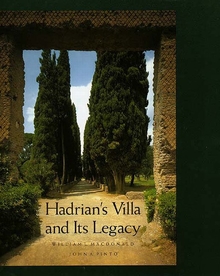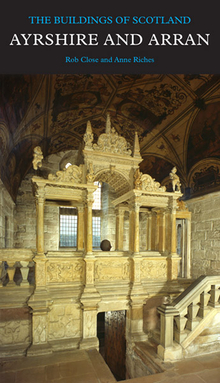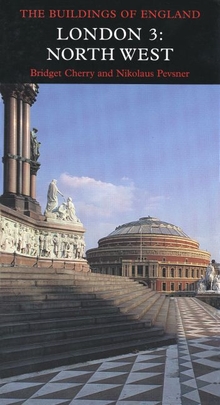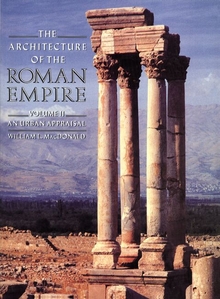Hadrian's Villa and Its Legacy
WARNING
You are viewing an older version of the Yalebooks website. Please visit out new website with more updated information and a better user experience: https://www.yalebooks.com
William L. MacDonald and John A. Pinto

Read this book online via the A&AePortal, our art and architectural history eBook platform. To learn more about how to access this book, please contact us.
Out of Print
William L. MacDonald and John A. Pinto begin by evaluating the numerous buildings comprising the complex, and then describe the art, decorated surfaces, gardens, waterworks, and life at the Villa. The authors then turn to the ways the Villa influenced writers, artists, architects, and landscape designers from the fifteenth century to the present. They discuss, for example, Piranesi's archaeological, architectural, and graphic Villa studies in the eighteenth century; connections between Hadrian's Villa and the English landscape garden; the array of European verbal and artistic depictions of the Villa; and architectural studies of the Villa by twentieth-century Americans.
Published with the assistance of the Getty Grant Program
"A thorough description of what survives and an account of the history and influence of the villa since the Renaissance. . . . What is surprising is the way that, for all its immediate fame, the villa was seldom published, unlike better known remains in Rome. . . . It finally took the impressive efforts of Giovanni Piranesi to publish accurate plans and views of the villa. MacDonald and Pinto follow honourably in his footsteps."—Giles Worsley, Perspectives
"This lavishly illustrated book . . . is the most ample and informed work on the villa, its figurative decoration and sculpture collection, and the first study of its reception over the past 500 years. . . . An essential source of information on one of the glories of Western architecture."—James S. Ackerman, London Times Literary Supplement
"Thrilling and indispensable for a variety of readers, this lavish volume is a landmark in architectural studies."—David F. Graf, Religious Studies Review
"This major work of architectural history on the Roman, Renaissance, and modern aspects of Hadrian's Villa will be a classic."—Guy P. R. Métraux, York University
"No stone is left unturned in this magisterial account, exquisitely bound and produced with 418 excellent illustrations and definitive bibliography. This is a book for bibliophiles. Hadrian would be pleased. . . . This is a book worthy of its magnificent subject. It will be many years before anyone has anything to add."—Ross Leckie, London Times
"A comprehensive account of the villa in its heyday and its long afterlife."—Martin Filler, New York Times Book Review
"A very welcome addition. . . . Macdonald and Pinto are ideally suited to this project, blending their notable expertise in Roman and Renaissance and later architecture to produce a book which not only gives us great insight into ancient Roman architecture and the fascinating possibilities of classical design but also the villa's rediscovery and investigation by, and influence on, architects from the sixteenth century to the present."—London Quarterly
"Authoritative and highly readable, attractively designed with many fine photographs that complement the text, it is hard to imagine this study being superseded."—Architects Journal
"If the modern visitor wants to be well informed, then MacDonald and Pinto's book must be read in advance in order to profit from the authors' sensitive analysis of Hadrian's encyclopedic, if idiosyncratic, exploitation of the Greco-Roman architectural legacy. . . . MacDonald and Pinto have demonstrated the scope of Hadrian's great effort to restate the classical tradition, and their book . . . will soon become the standard authority on the villa."—Richard Brilliant, Society of Architectural Historians
"[A book] worth consulting when pondering the crumbling bricks now inhabited only by lizards. . . . [A] massive, comprehensive, precise and imaginative book."—Nicholas Penny, Burlington Magazine
"Starting with a general introduction of Roman villas, on the description of the site, and on architectural designs, the authors enter into particulars on various sections of the complex [residence, library, service quarters, circular hall, baths with peristyle, ceremonial precinct, island enclosure, water court, arcaded triclinium, etc.]. . . . Notes, maps, indices complete the excellent work which will stand a milepost in the descriptions of Hadrian's villa and its significance."—Edgar C. Polomé
"With over 400 quality illustrations, many in colour, the breadth and depth of this study is admirable."—Robert Birbeck, Building Design
Publication Date: June 28, 1995
Publishing Partner: Published with the assistance of the Getty Grant Program
344 b/w + 69 color illus.











